Ishikawa is in a black wood building behind the Bishamonten shrine in the geisha district of Kagurazaka. Its entrance is discreet even by Japanese standards, but there is a little garden on the left as you enter down a short corridor, with the main dining area to the right. It is a traditional Japanese restaurant where the service is from waitresses wearing kimonos. There is a seven seat counter as well as four private rooms. The head chef is Hideki Ishikawa (born 1965), who has worked in quite a few Tokyo restaurants before opening here seven years ago. He started his cooking career at the age of 22, and was encouraged by his initial mentor to work at a wide variety of restaurants in order to help him understand the range of skills and techniques used before developing his own style. The interest in tradition shown by Japanese chefs can be seen here even in this seemingly modern dining room. The seven seat counter is made from Japanese cypress wood, taken from a tree over 300 years old that was felled at a famous temple.
The first course was simmered conger eel, garnished with cucumber and Myoga ginger, with a sauce made with egg yolk and grated white radish. Served cold, this was a very effective dish, the sauce providing a lively balance of tastes for the relatively delicate taste of the conger, with just a hint of spice in the seasoning (17/20). Next was deep-fried chopped ayu (sweetish) and its roe, matsutake mushrooms and ginko nuts. This was excellent, the batter delicate, the sweetfish working well as a flavour within tempura, and the mushrooms of high quality (18/20).
A soup of abalone, horse-head snapper and tofu followed. The abalone was good, though not the very best I have eaten, but I was very impressed with the tofu, and the stock for the soup was excellent and well seasoned (17/20). This was followed by sea bream with ponzu (a citrus sauce made with mirin, rice vinegar and konbu, with uzu added) dipping sauce. This was very pleasant, and the acidity of the ponzu sauce worked nicely with the fish (17/20),
Next was horsehair crab sashimi with broth jelly. This had superb crab with a wonderful flavour, enlivened by excellent ginger; a simple dish but one where the quality of the core ingredient really shone through (18/20). The dish that followed was the star of the night: eel was grilled and served with sweet onion. The eel had lovely flavour and just a hint of smoke from the charcoal grill, but the sweet onion with it was a revelation, cooked just enough so that its inherent sweetness came through, its texture melting in the mouth. For me 19/20, though it was interesting that mw wife, who is not usually a huge eel fan, thought this 20/20.
We then went back to a cold dish, sliced tomato, taro stem and lotus root served with a delicate white sesame sauce that is the chef's own invention. This was very pleasant, and the sesame certainly worked well in combination with the vegetables (17/20). Next for me was a hot pot with cubes of wagyu beef from Hokkaido, in a stock with sweetcorn and tofu. The sweetcorn was lovely, bearing no resemblance to the kind of sweetcorn we encounter in England, and the stock was good, though I always feel that the optimal thing to do with beef is to grill it (17/20).
The savoury dishes concluded, as is traditional, with rice, miso soup and pickles (in this case cucumber, konbu and aubergine). Often I have found this stage of the meal to be dull, as frequently one is served just a bowl of boiled rice. It was to my great surprise that instead we were presented with a large bowl of rice cooked in stock with a generous serving of the wildly expensive matsutake mushrooms. This was a terrific dish, in some ways that could be compared to a cep risotto in Italy, and here the stock was similarly absorbed by the rice, the mushrooms really showing their flavour to their best in this form of cooking. I went back for additional servings of this (19/20). My only minor comment would be that the cucumber pickle was rather dull compared to other I ate on this trip, but I'll remember the rice and mushrooms for a long time.
The service here was exceptional, with the chefs all very observant, and happy to answer any questions; their enthusiasm really came across. Luckily one waitress spoke excellent English, so was able to help facilitate discussion. We felt really welcome and that the chefs genuinely cared about the customer experience. The bill came to ¥47,300 yen between two (which worked out to £179 a head), with the meal element ¥19,000 yen each.





















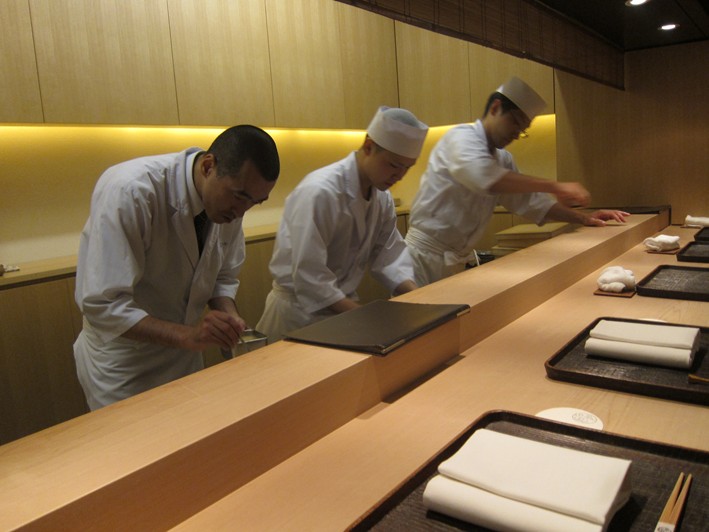

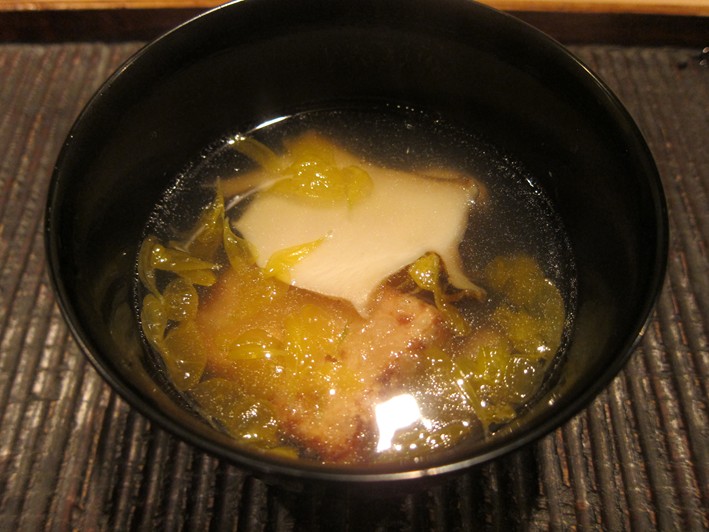
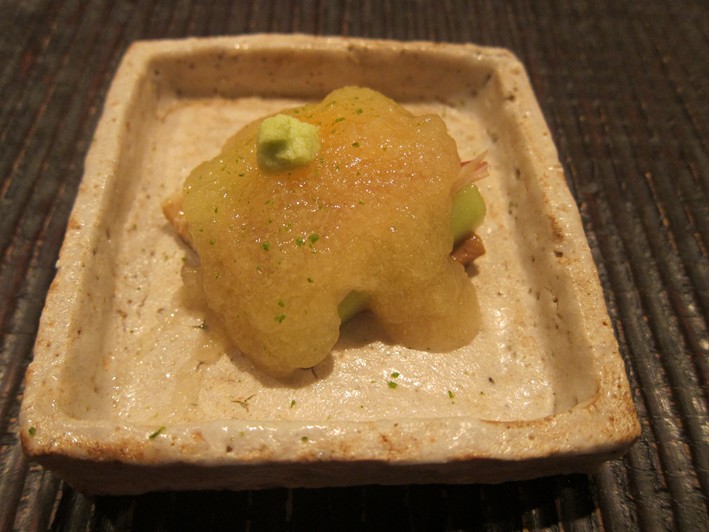
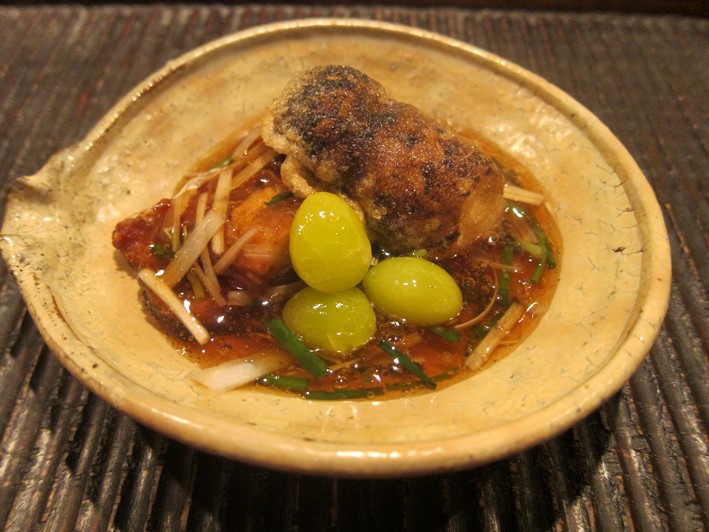
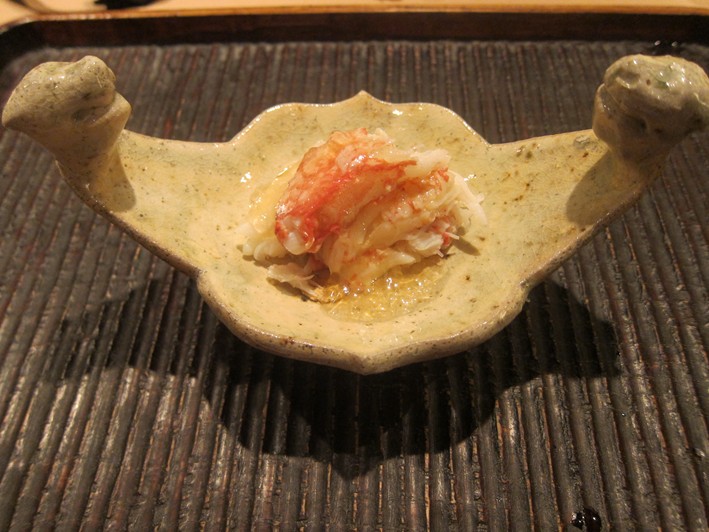
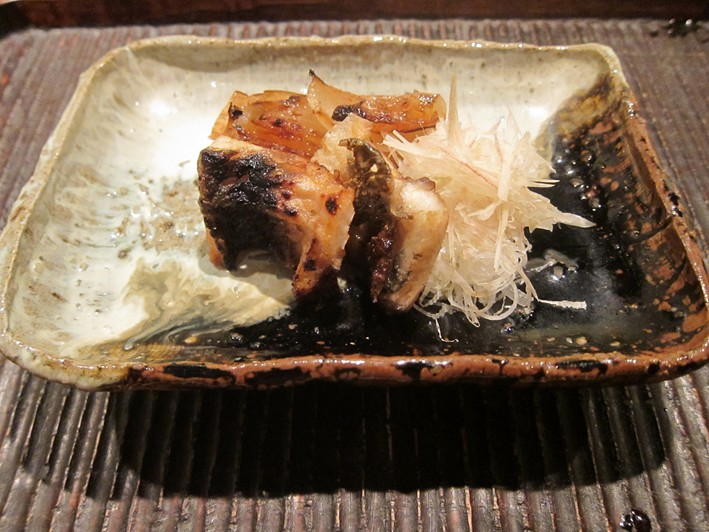
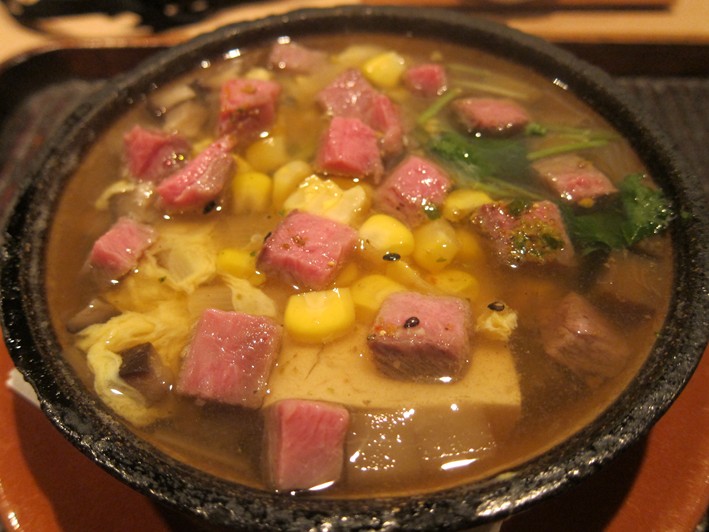
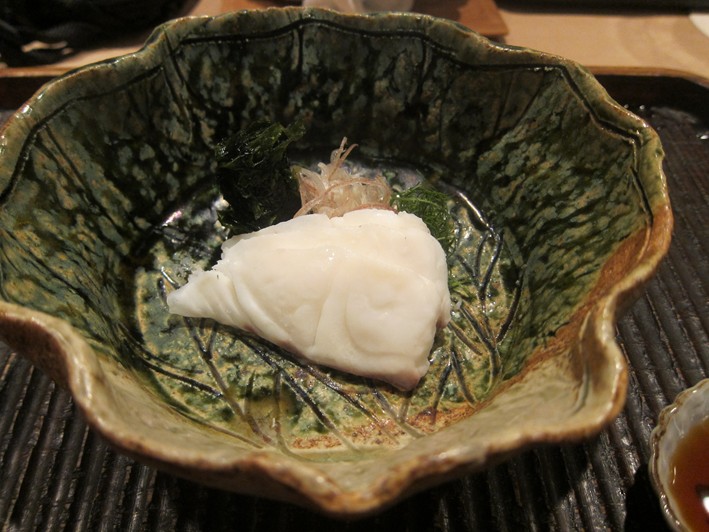
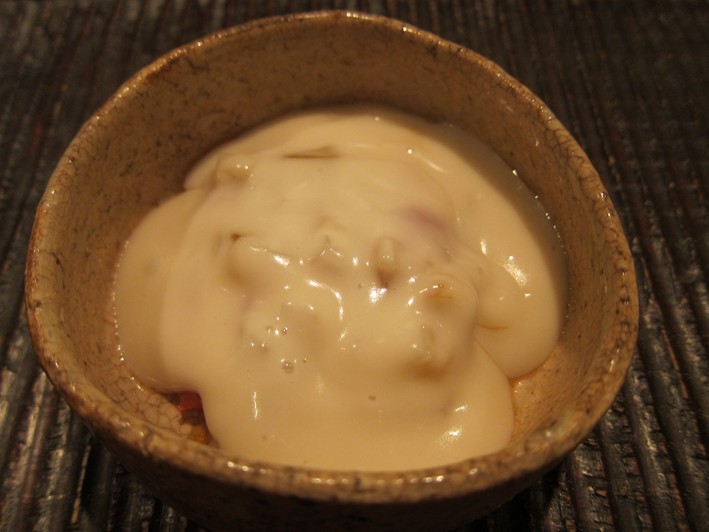
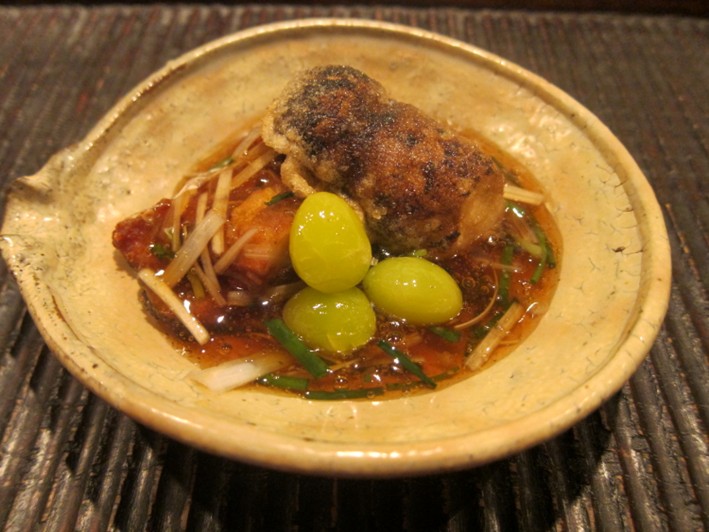
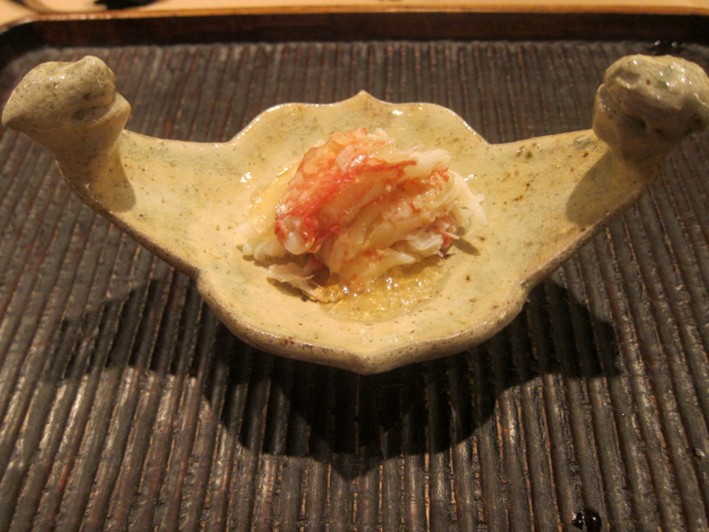
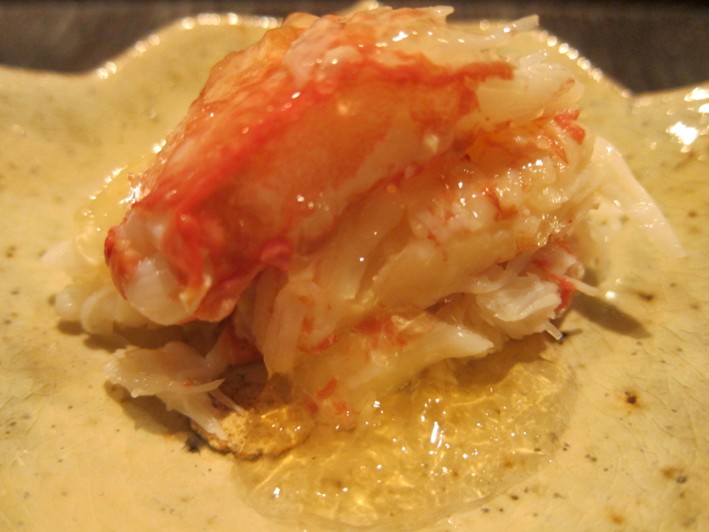
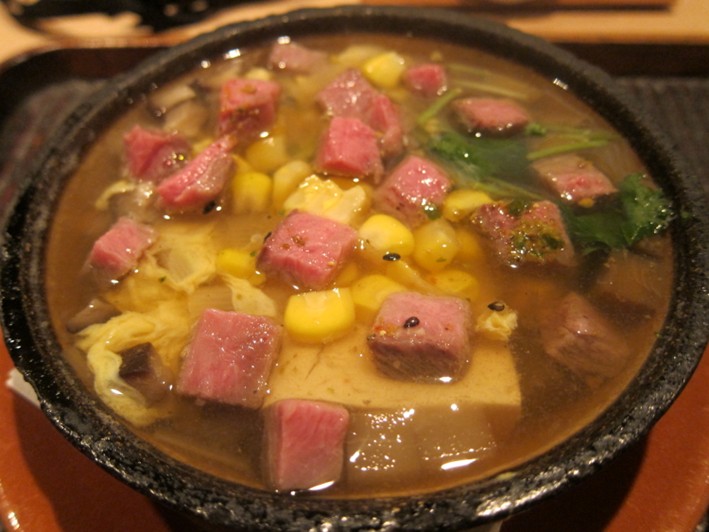

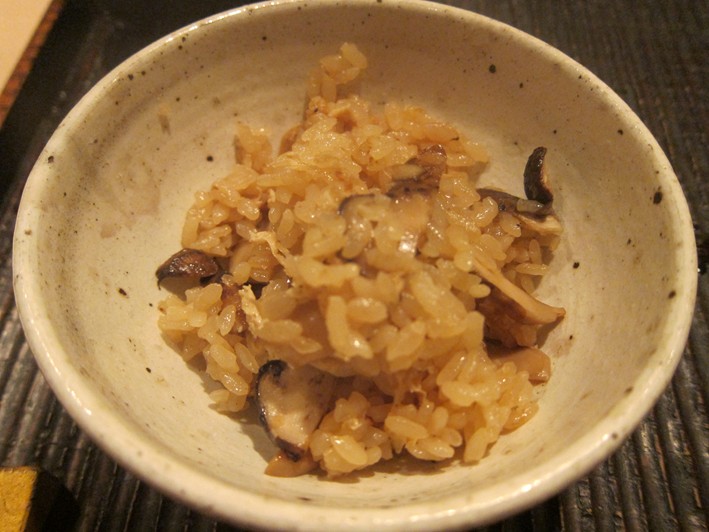
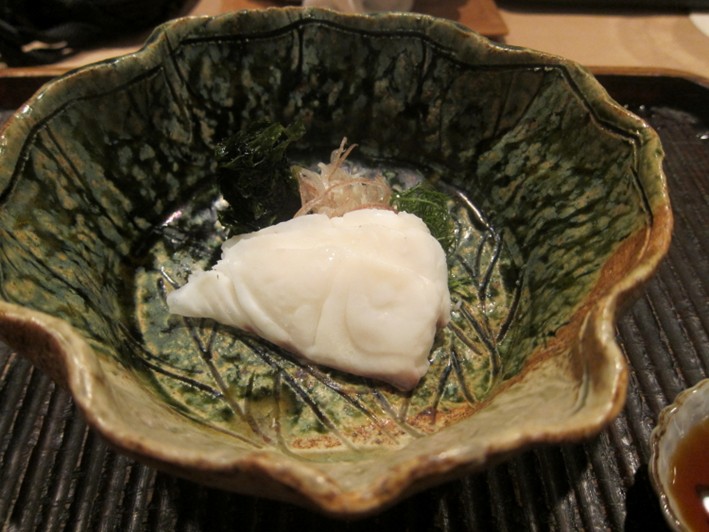
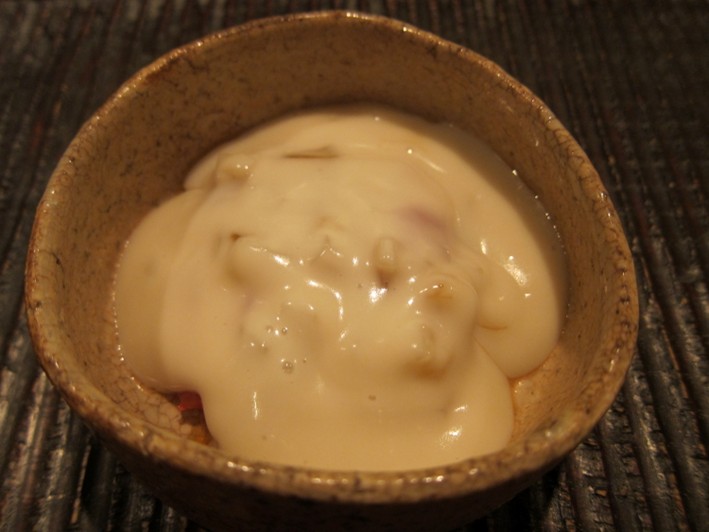

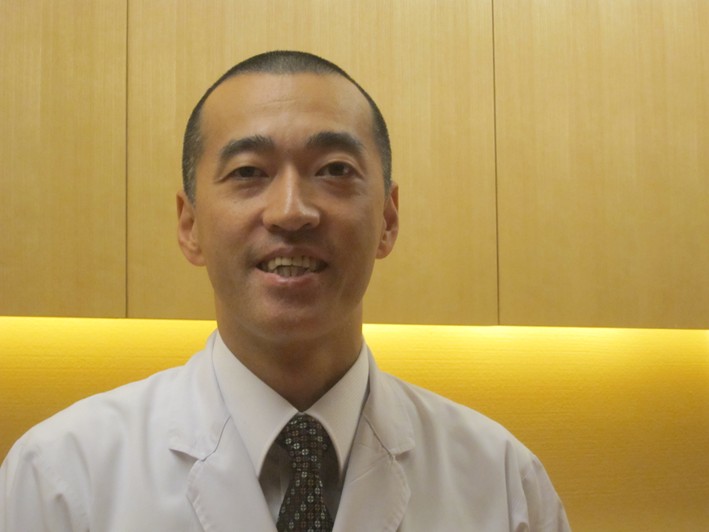

S Lloyd
You are absolutely right about their rice, Andy: their rice is of the benchmark sort. The reportof my meal : http://tinyurl.com/m4dssk7
Whe
I really love your reviews; reading them gives me a good idea of what to expect from my dining experience. I am going to Tokyo soon. I wanted to get your opinion (if you could); would you rather eat at Sushi Sawada or Yoshitake? I have reservations at both. I am still working on Sushi Saito, but it does not seem very likely. I am also trying to get a reservation at Ishikawa; hopefully I can. Thank you, Whe